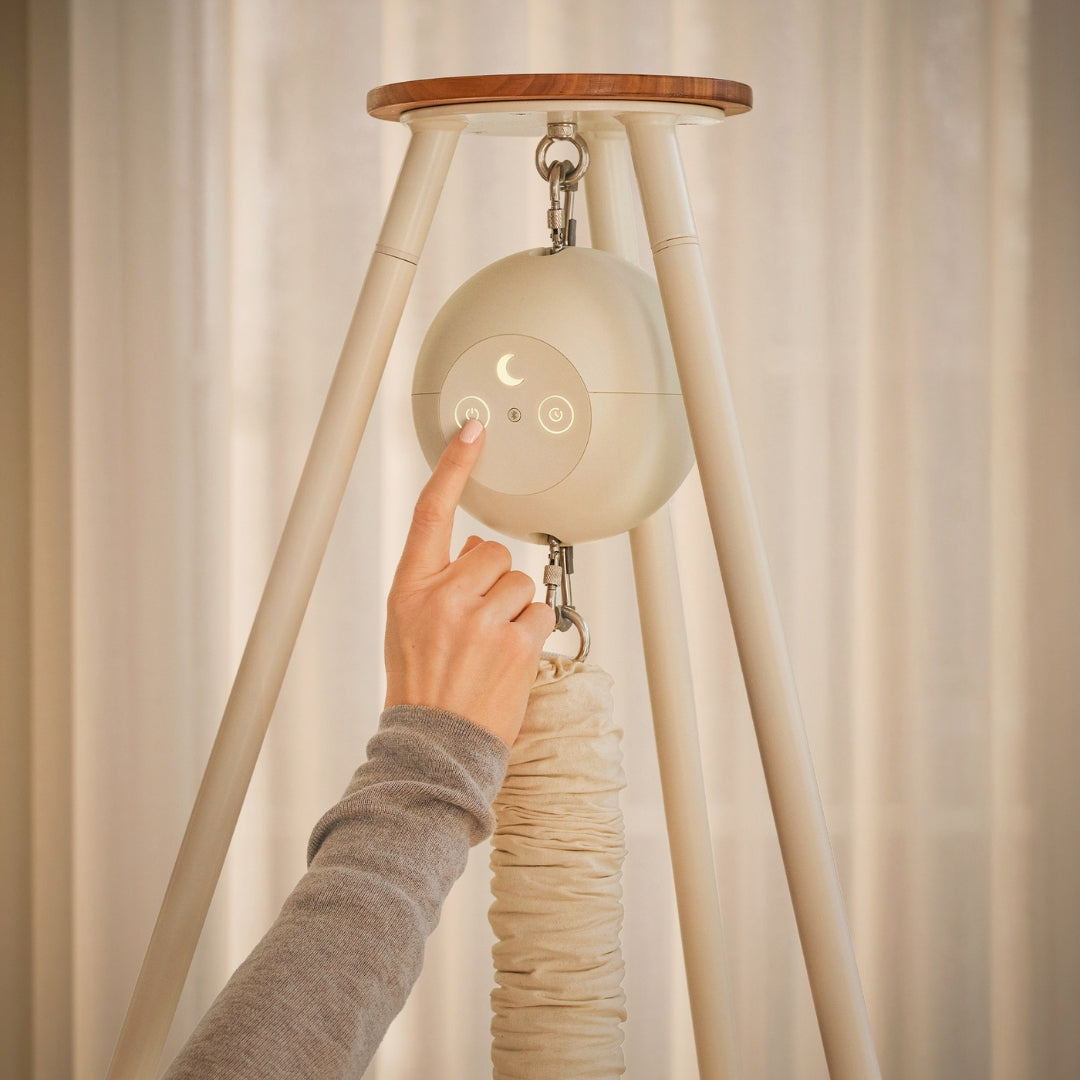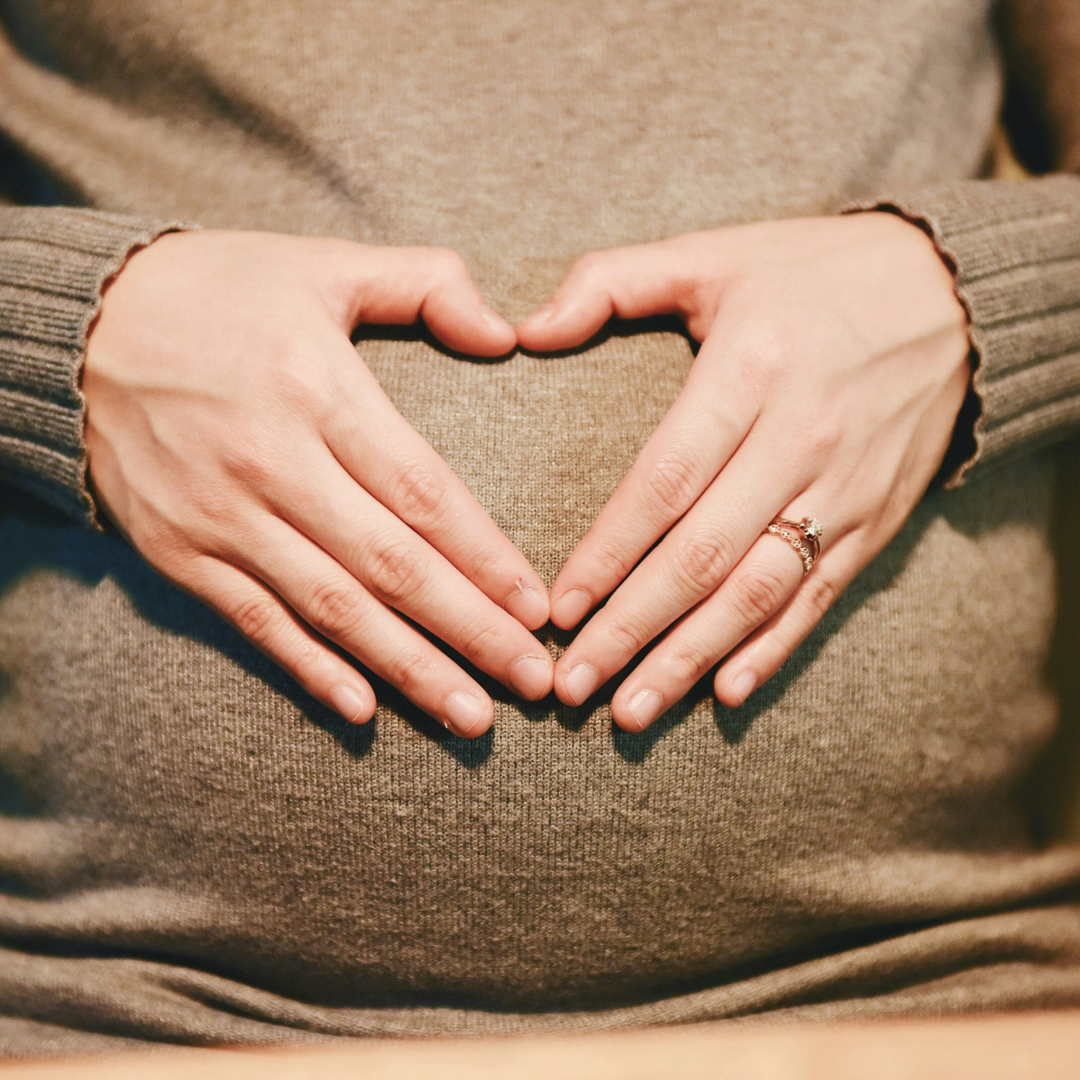

As a new parent, you may often feel overwhelmed with the sheer amount of information thrown at you from pediatricians, family members, friends and other parents in parent-groups, particularly when it comes to safe baby sleep. Sleep schedules, crib recommendations, co-sleeping, sleeping positions... the topics and advice seem sheer endless, however specifically information about baby sleep positions can be some of the most important advice you will receive to answer some of your burning questions.
Can my baby sleep on their stomach? Is putting them down to sleep on their back the best option? What if my baby turns over in their sleep? When can my baby sleep on their stomach safely? We have gathered all the answers to these questions in this article and will provide you with a generalized timeline about when your baby can safely sleep on their stomach.
Long story short: no. Specifically in the first 12 months, it's important that when you put your baby down for a nap or for the night to place them on their back on a flat surface to ensure that they can breathe freely. If babies sleep on their stomach, there is an increased risk of rebreathing. Rebreathing means breathing in the air again that they just breathed out; air that contains less oxygen and more carbon dioxide, which in turn can result in babies not getting enough oxygen and increasing the risk of suffocation.
Therefore, doctors recommend that the only sleeping position for babies is on their back throughout at least their first year of life, as this allows for maximum airflow. Doctors also note that even babies who suffer from reflux (GERD) should always be placed on their back, as their gag reflex will keep them from choking. Another common concern for parents is the development of plagiocephaly, also known as flat head syndrome, although according to doctors this is only a minor concern, if a baby spends enough time in other positions, for example by practicing tummy time or learning how to sit up. Additionally, placing babies on their side to sleep should also be avoided, as it is easy for them to roll onto their stomach from that position.
As so often, this varies from child to child, as the answer greatly depends on your baby’s development. However, the generalized answer is that once your baby can roll over independently from their back onto their belly and back again, they can sleep in any position they prefer.
Many babies learn how to roll over from their back on to their belly between 4 and 6 months of age, meaning you may find them rolled over onto their stomach even though you had placed them to nap on their back – this is pretty normal. You should continue putting your little one down for naps and sleep on their back, however if they manage to roll over independently whilst asleep, this is not a major concern if their sleep environment is free of suffocation hazards like blankets or curtains and if you have previously witnessed your baby being able to roll from its back onto its belly and back again a few times. If your baby is rolling over onto their stomach but cannot roll back onto their back, then it is important to readjust their sleeping position, so they are lying flat on their back again.
It can generally be said that once your little one can roll both ways independently, has good neck and head control and sufficiently strong upper body muscles so that they can reposition themselves, it is safe for them to leave them sleeping on their stomach if they have rolled over, however if it makes you feel safer, you can also always simply roll them back onto their back, regardless of their age.
Some babies prefer to sleep on their stomach as it can feel cozier and more secure, mimicking a cradled or ‘hugged’ feeling. Additionally, some pediatricians have noted that many babies tend to sleep better, settle down faster and are less likely to startle or wake up suddenly in the night when sleeping on their stomach. However, if your baby cannot yet roll over by themselves, you should resist the urge to let them sleep on their stomach, even if they seem to settle down faster, to ensure that they sleep safely.
If your baby has trouble settling down or seemingly prefers sleeping on their tummy before it is safe for them to do so, there are a few things you can try to make them sleep more soundly on their back. You can try using a swaddle to create that ‘snug’ and cradled feeling. Additionally, you can also try using a cradle with a cradle bouncer. The cozy nature of the cradle, paired with the soft movements of a cradle bouncer creates a feeling reminiscent of being swayed to sleep in a parents embrace, which helps many babies settle down faster. Furthermore, establishing a consistent bedtime routine and using relaxing sounds, such as white noise can promote relaxation and restful sleep in a safe position.
So, when is it safe for babies to sleep on their tummy? The answer to this question lies in their individual development and skills. Once your baby can independently roll over from their back onto their stomach and back again, typically between 4 and 6 months of age, you can slowly feel more comfortable and confident letting them sleep in the position they naturally settle into.
However, until your baby reaches that point, it is important to always place them on their back when you put them down and ensure that their sleep space is free from any potential choking hazards. If you ever feel worried or like something is off, consult your pediatrician, to rule out any developmental or safety issues surrounding your child’s sleep.
As your baby continues to grow and develop, so do their sleep needs and habits. To give you an overview of what is coming your way, we have prepared a step-by-step guide to child development – from tummy time, to sitting up and beyond, we are here to support you throughout the journey of parenthood!




































